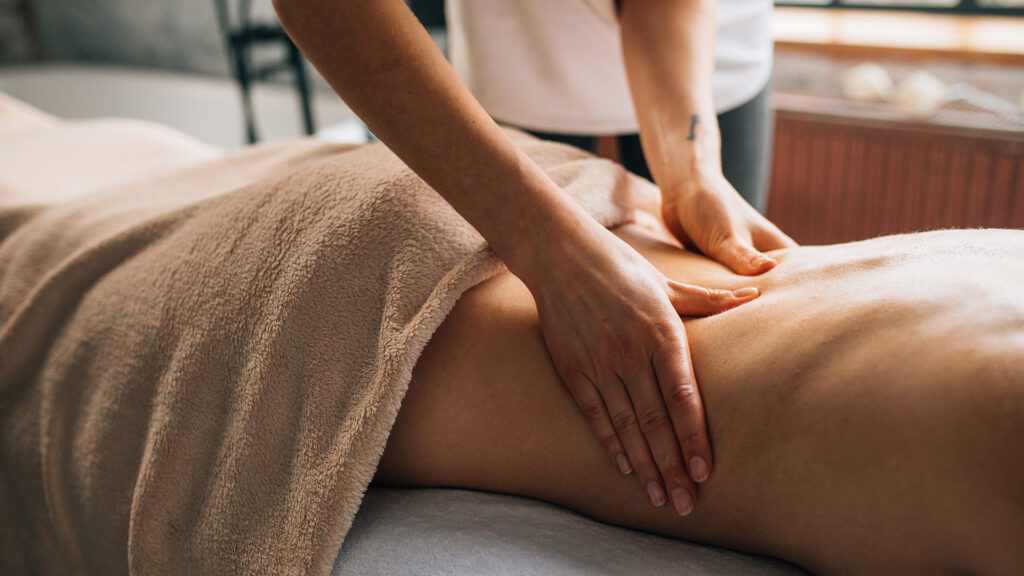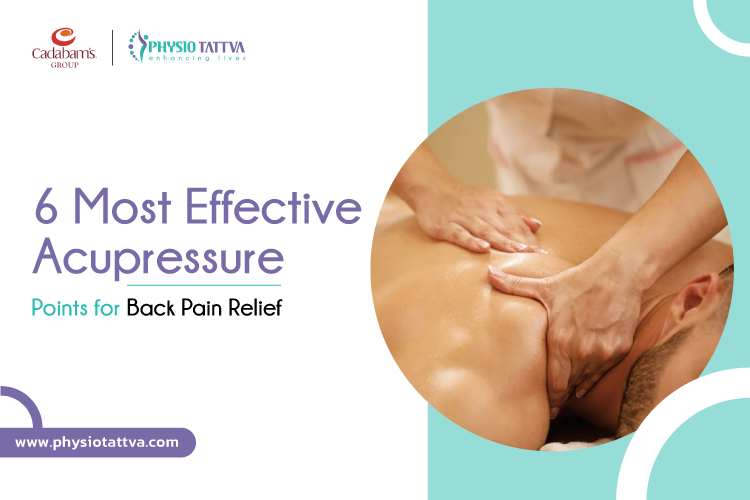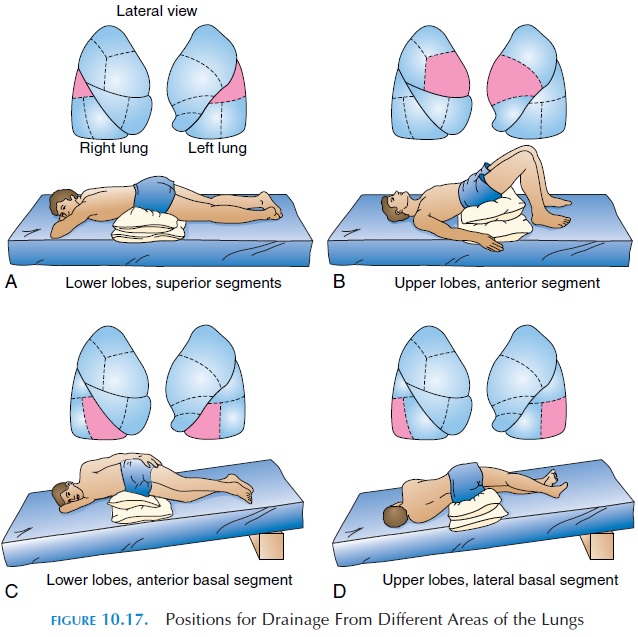For back pain, deep tissue massage and Swedish massage are best. They help to relax muscles and relieve tension, promoting pain relief.
Back pain can be debilitating and impact daily life, making it crucial to find effective relief. Fortunately, massage therapy offers a natural and non-invasive solution to alleviate back pain. By targeting specific muscles and using targeted techniques, massage can provide significant relief and help improve overall comfort and mobility.
Additionally, massage therapy offers a holistic approach to addressing the root causes of back pain, rather than just masking symptoms. Understanding the different types of massages and their benefits for back pain can empower individuals to make informed decisions about their wellness and seek the most suitable treatment for their needs.
Exploring Different Massage Techniques
A wide range of massage techniques can be effectively used to alleviate back pain. By exploring different massage techniques, you can find the best approach to address your specific back pain concerns.
Swedish Massage
Swedish Massage is a gentle and relaxing technique that involves long, gliding strokes, kneading, and circular movements to ease muscle tension. This soothing approach can enhance circulation and promote overall relaxation, making it beneficial for individuals with mild to moderate back pain.
Deep Tissue Massage
Deep Tissue Massage focuses on targeting deeper layers of muscles and connective tissues to release chronic patterns of tension. This technique employs firm pressure and slow strokes to address tight muscles and relieve persistent back pain. Its effectiveness lies in breaking down adhesions and restoring natural movement patterns.
Trigger Point Therapy
Trigger Point Therapy aims to alleviate specific points of tension within muscles, known as trigger points, which can radiate pain to other areas of the body, including the back. By applying direct pressure to these points, this technique can effectively reduce pain and restore muscular function.

Credit: sleepopolis.com
Benefits Of Massage For Back Pain Relief
Back pain can be a persistent and discomforting issue that affects many individuals. While there are various treatments for back pain, massage therapy has emerged as a popular and effective method for alleviating this condition. Let’s delve into the benefits of massage for back pain relief and how it can contribute to a healthier, pain-free back.
Improves Circulation
Massage therapy helps improve blood circulation to the affected area, which aids in reducing inflammation and promoting healing of the back muscles. By stimulating circulation, massage encourages the flow of oxygen and nutrients to the muscles, facilitating faster recovery and relief from pain.
Reduces Muscle Tension
Through targeted manipulation, massage eases muscle tension in the back, releasing knots and tightness that contribute to discomfort. This can offer immediate pain relief and long-term benefits by improving the flexibility and function of the muscles, minimizing the likelihood of future tension-related pain.
Promotes Relaxation
Massage therapy induces a state of deep relaxation, effectively reducing stress and anxiety that often exacerbate back pain. By promoting relaxation, massage allows the body to enter a state of heightened healing and restoration, enabling the back muscles to relax and recover.
Choosing The Right Massage Therapist
Choosing the Right Massage TherapistLook for a massage therapist with proper certification and experience.
- Ensure the therapist is licensed and trained in appropriate techniques.
- Check for any additional certifications in specialized massage for back pain.
Ensure you feel comfortable communicating your needs to your therapist.
- Choose a therapist who listens to your concerns and adjusts the treatment accordingly.
- Discuss your pain levels openly for customized care.

Credit: www.everydayhealth.com
Preparing For A Massage
Hydration
Staying hydrated is key before your massage to ensure your muscles are pliable and ready for the treatment. Stretching is also an important component of preparation, as it warms up the muscles and increases flexibility.
Stretching
Before your massage, it’s essential to engage in some simple stretching exercises. Stretching helps to loosen up the muscles, increase blood flow, and enhance the overall effects of the massage. These quick and easy stretches can be done at home or in the waiting area before your session:
- Shoulder Rolls – Roll your shoulders forward and backward in a circular motion, focusing on loosening up any tension in the upper back.
- Neck Stretches – Gently tilt your head sideways, bringing your ear towards your shoulder, and hold for a few seconds on each side. Repeat a few times to release neck tension.
- Back Twists – Sit up straight in a chair with your feet flat on the floor. Slowly twist your torso to one side, bringing your opposite hand to the backrest of the chair for support. Hold for a few seconds and repeat on the other side.
- Hamstring Stretches – Stand with your feet shoulder-width apart and bend forward at the waist, reaching towards your toes. Hold for a few seconds to stretch the back of your legs.
By incorporating these easy stretches into your pre-massage routine, you can maximize the benefits of your massage session. Remember to listen to your body and never push yourself beyond a comfortable stretch. Listen to your therapist’s advice too and let them know if you have any specific areas of concern.
What To Expect During The Session
Once you’re prepared and ready for your massage, it’s essential to know what to expect during the session. Your massage therapist will guide you through the process, ensuring your comfort and well-being. Here are some things you can anticipate:
- A Welcoming Atmosphere: You’ll be greeted with a calm and soothing environment, designed to promote relaxation and tranquility.
- Privacy and Respect: Your therapist will always prioritize your privacy and ensure that you feel comfortable throughout the session.
- Communication: Your therapist may ask about your medical history, any specific concerns you have, and the intensity or pressure you prefer. Open and honest communication is vital.
- Positioning: You will be asked to undress to your level of comfort and lie down on a massage table underneath a fresh sheet or towel. The therapist will provide proper draping to ensure your modesty and warmth.
- Application of Massage Techniques: Your therapist will use various massage techniques, such as kneading, stroking, and applying pressure to release tension and promote relaxation.
- Post-Massage Recommendations: After the session, your therapist may offer recommendations on self-care techniques, such as stretching or using heat or cold packs.
Knowing what to expect during a massage can alleviate any anxiety or concerns you may have. Trusting in your therapist’s expertise and enjoying the experience will help you fully reap the benefits of the session.
Post-massage Care For Back Pain
Discover the most effective massage therapy for relieving back pain. Prioritize deep tissue or Swedish massages to target specific problem areas and enhance muscle relaxation. Following post-massage care practices will help maintain the benefits and alleviate discomfort long term.
After a soothing massage session to alleviate your back pain, it’s essential to take proper care of your body to maximize the benefits. Implementing post-massage care routines can help you maintain the relaxation achieved during the massage and promote faster healing. Here are some important aspects of post-massage care that you should focus on:Hydration And Rest
Staying well-hydrated is crucial after a massage, as it helps flush out the toxins released during the treatment and promotes overall wellness. Make sure to drink plenty of water or hydrating fluids to replenish your body and enhance the detoxification process. Water not only hydrates your muscles but also keeps your skin supple and glowing. Resting is an integral part of post-massage care, allowing your body to recover and heal. Give yourself time to relax and unwind after your session. Avoid overexertion and strenuous activities that may strain your back muscles. Instead, take this time to indulge in activities that calm your mind and body, such as meditation, gentle stretching, or lying down with a heat pack on your back.Follow-up Care And Maintenance Tips
To ensure the long-lasting effects of your massage and prevent future back pain, consider these follow-up care and maintenance tips:- Proper Body Mechanics: Practice good posture and body mechanics during daily activities to avoid putting unnecessary strain on your back. Lift objects correctly, use supportive chairs, and avoid prolonged sitting or standing in one position.
- Regular Exercise: Engaging in regular physical activity can strengthen your core muscles, which play a vital role in supporting your spine. Incorporate exercises like yoga, Pilates, or swimming into your routine to improve flexibility and promote a healthy back.
- Ergonomic Workspace: If you have a desk job, ensure your workspace is ergonomically designed to minimize back strain. Adjust your chair, keyboard, mouse, and monitor height to maintain proper posture and reduce discomfort.
- Healthy Lifestyle: Maintain a balanced diet rich in nutrients that promote bone and muscle health. Avoid smoking and excessive alcohol consumption, as they can impair your body’s healing process.
- Regular Massages: Consider scheduling regular massages to maintain the benefits and prevent the recurrence of back pain. Discuss with your massage therapist the ideal frequency based on your specific needs.

Credit: www.amazon.com
Frequently Asked Questions On Which Massage Is Best For Back Pain
What Is The Best Massage For Back Pain And Knots?
The best massage for back pain and knots is deep tissue massage. It targets deep layers of muscles to relieve tension and pain. This type of massage is effective in releasing knots and increasing flexibility.
What Type Of Massage Is Best For Back And Neck Pain?
The best massage for back and neck pain is a combination of deep tissue and trigger point therapy. These techniques help release tension in the muscles and relieve pain effectively. It’s important to communicate with your massage therapist to ensure they target the specific areas causing discomfort.
How Many Massages Should I Do For Back Pain?
For back pain relief, consider getting massages as needed, typically weekly or bi-weekly. Start with 1-2 sessions and adjust frequency based on pain level and therapist’s recommendation.
Do I Need A Massage Or Chiropractor For Back Pain?
If you have back pain, both a massage and a chiropractor can help. A massage can relax muscles and reduce tension, while a chiropractor can manipulate the spine to relieve pain and improve alignment. It depends on your preference and the underlying cause of your back pain.
Conclusion
In wrapping up, finding the best massage for back pain varies based on individual needs. Understanding the benefits of each type can help you make an informed decision. Whether it’s Swedish, deep tissue, or hot stone, consulting with a professional can guide you towards the most effective treatment.
Prioritize your comfort and healing.



